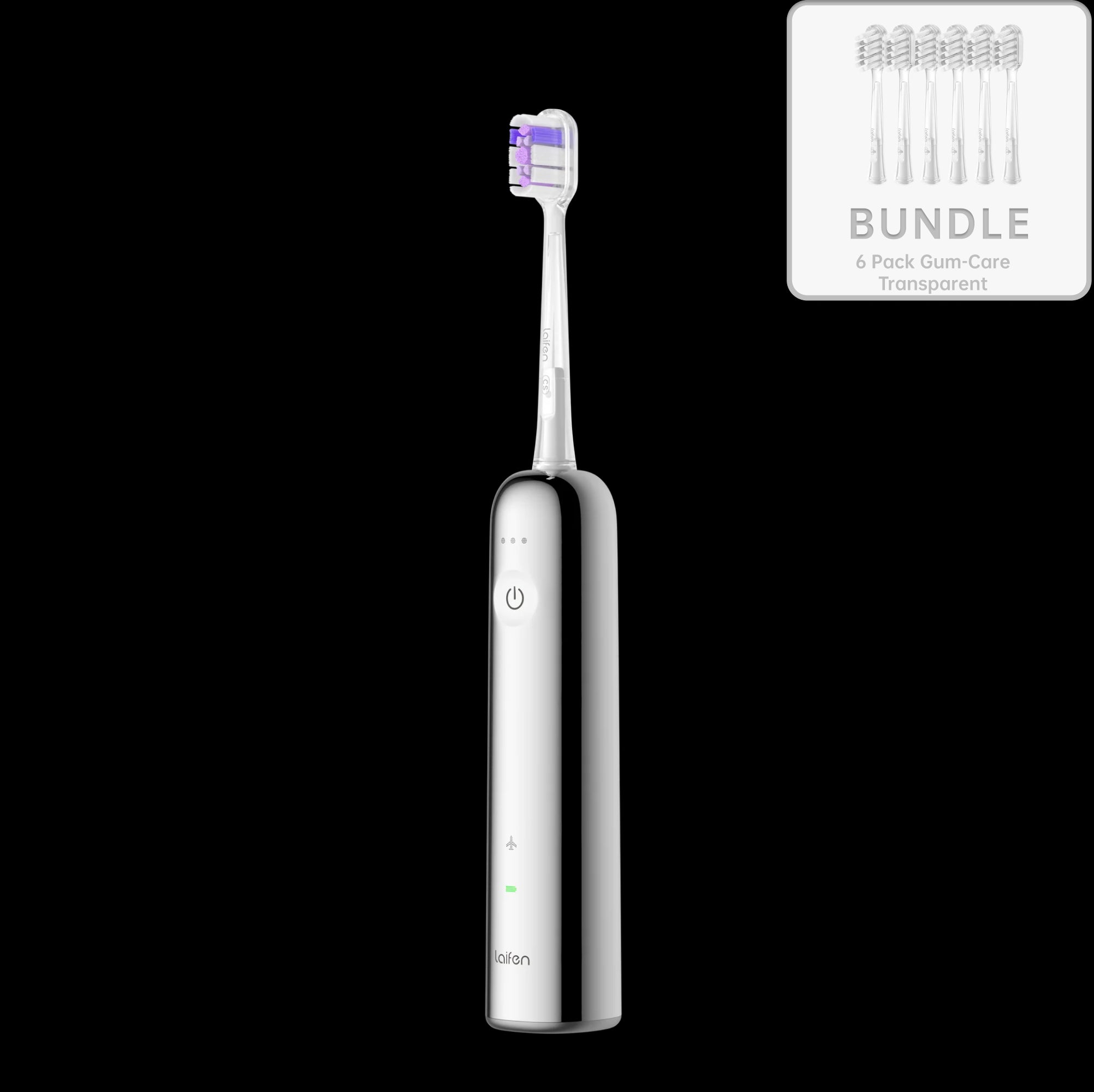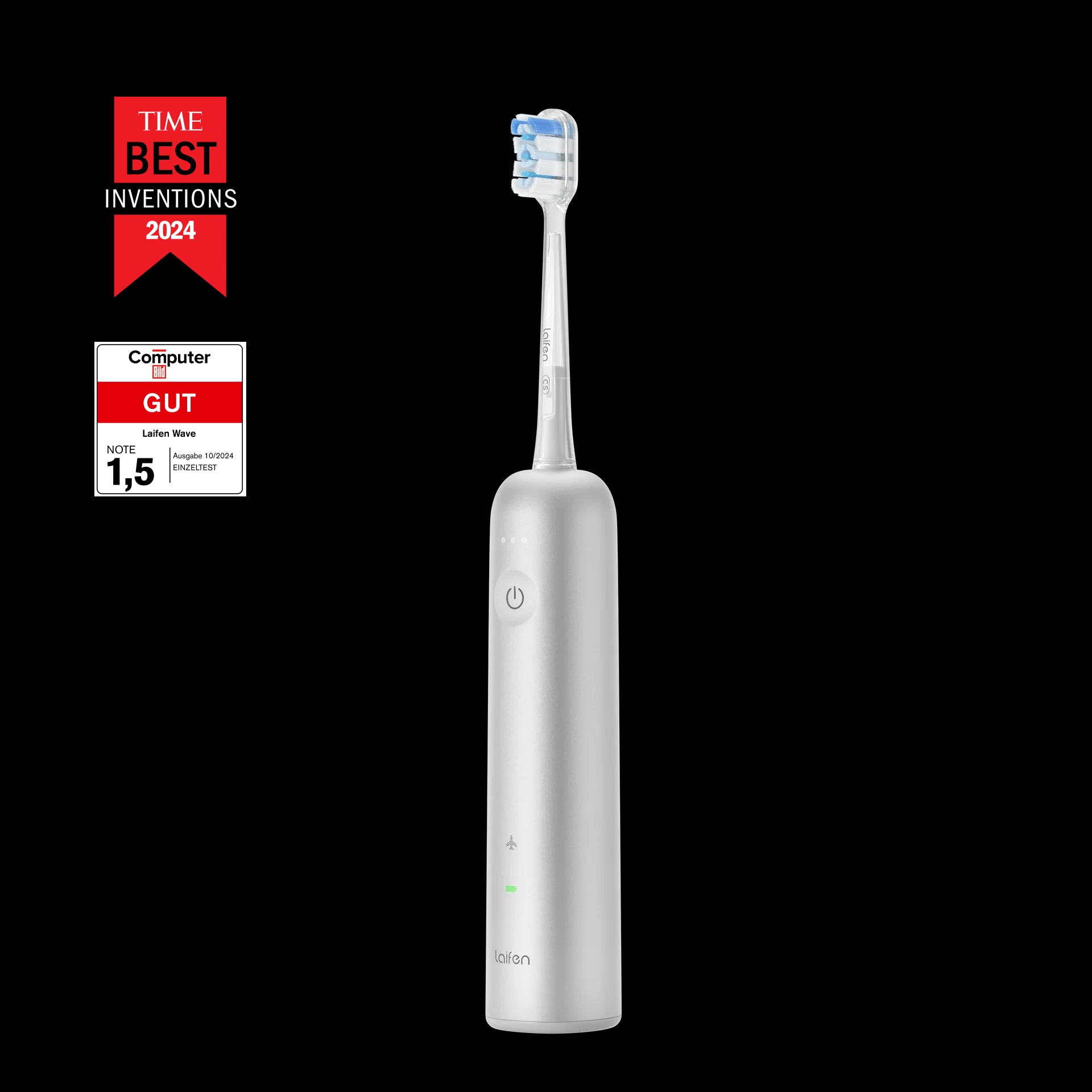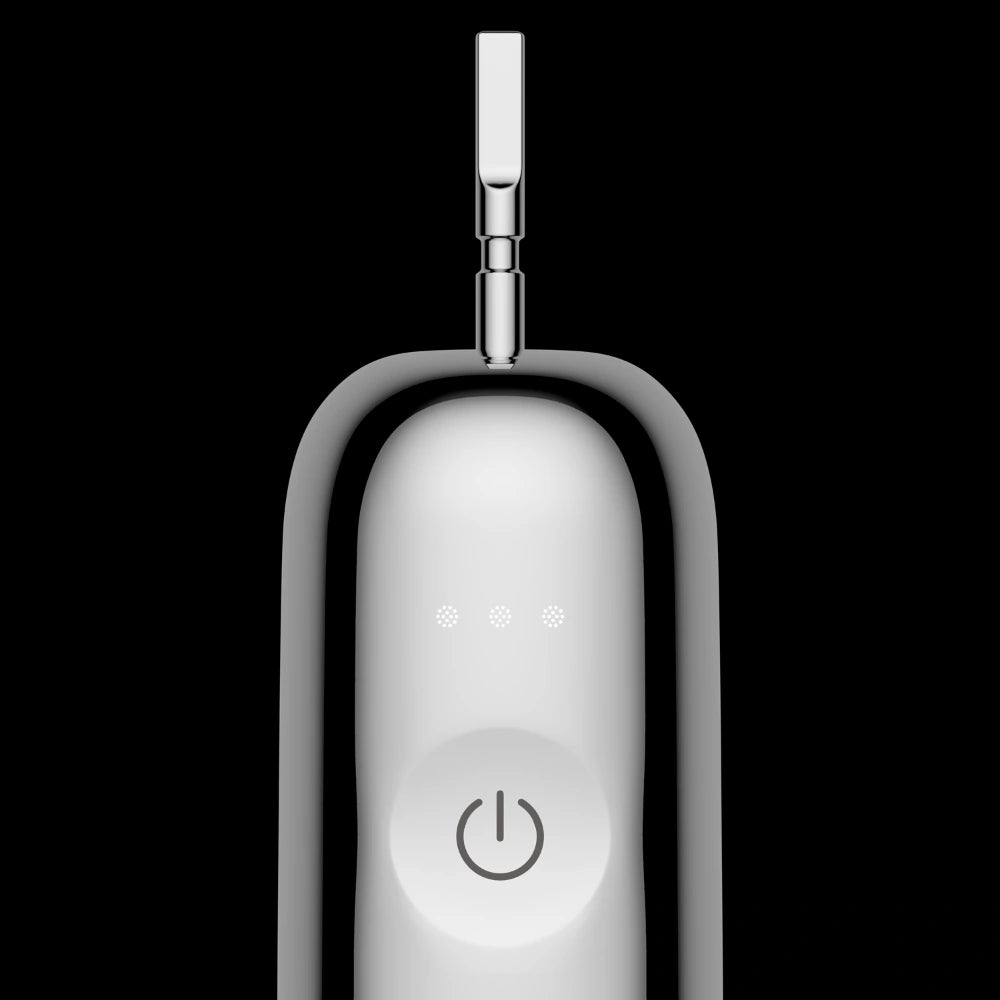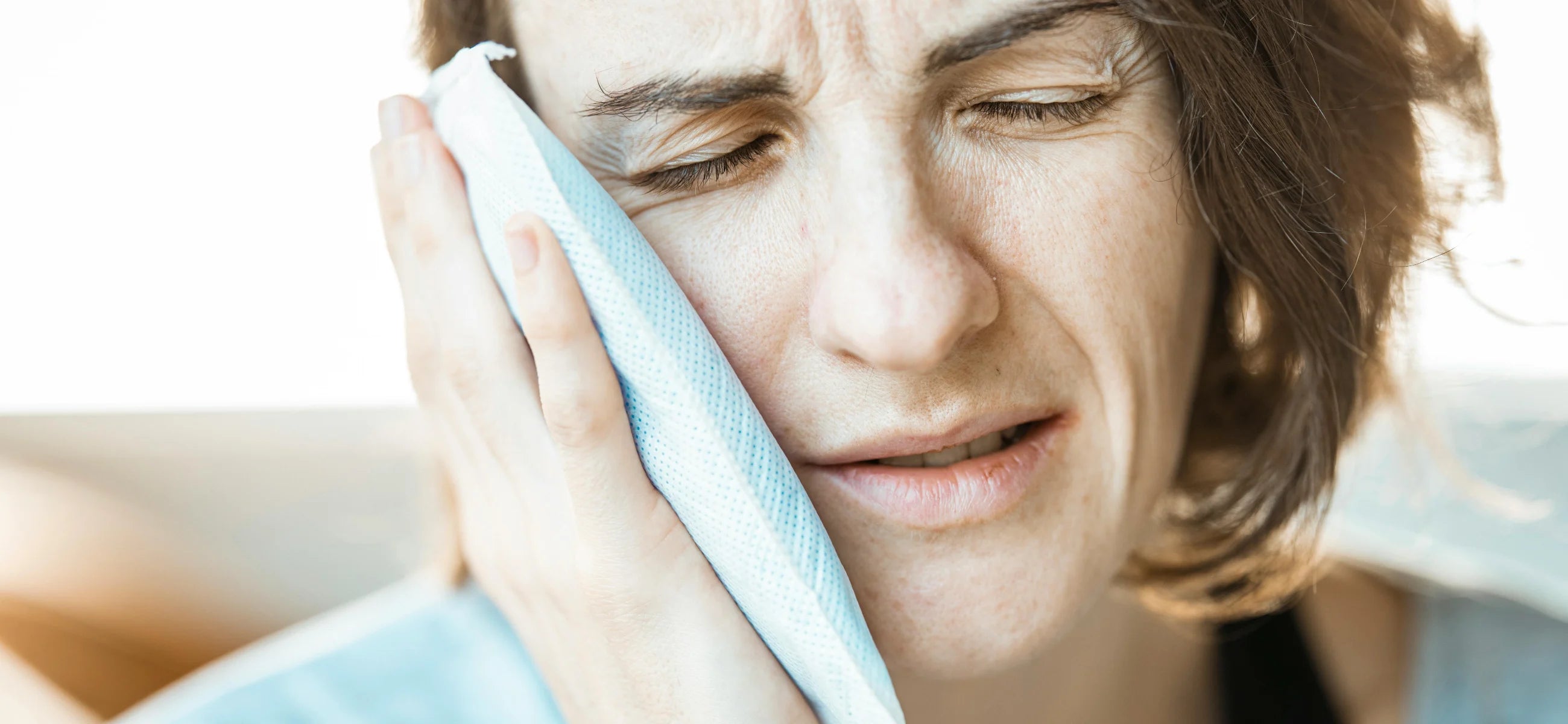
In this article
Confused between a cold sore and a pimple on your lip? It happens to the best of us! But don't worry, I've got your back. In this quick guide, we'll break down everything you need to know about these annoying bumps. We'll cover it all in a way that's easy to understand. So, if you've ever wondered why your lip is acting up, stick around, and let's get to the bottom of it together!
Understand a cold sore
What is it
A cold sore, medically termed herpes labialis, is a common viral infection caused by the herpes simplex virus (HSV-1 or HSV-2). It manifests as a fluid-filled blister, typically around the lips or mouth.
According to the World Health Organization (WHO), an estimated 67% of the global population under 50 years old has HSV-1 infection, which is the primary cause of cold sores.
Outbreaks can be recurrent due to the virus's ability to remain dormant in nerve cells and reactivate under certain conditions, such as stress or illness.
Causes
Cold sores are primarily caused by the herpes simplex virus (HSV), with HSV-1 being the most common culprit. This virus is contagious and can spread through direct contact with an infected person or contact with saliva, skin, or mucous membranes.
Once the virus enters the body, it remains dormant in nerve cells until triggered by factors such as stress, illness, hormonal changes, or sun exposure. When activated, the virus replicates and travels to the skin surface, leading to the formation of cold sores.
How to spot
Cold sore progress through several stages, making them easy to spot:
-
Tingling or itching sensation: Before a cold sore appears, you may experience a tingling or itching sensation around the lips or mouth.
-
Redness and swelling: The affected area may become red, swollen, and tender as the cold sore develops.
-
Formation of blisters: Small, fluid-filled blisters or clusters of blisters often appear after the initial redness and swelling.
-
Rupture and crusting: The blisters may burst, releasing clear fluid and forming a crust or scab over the sore.
-
Healing: Over the next few days to weeks, the scab will gradually heal and fall off, leaving behind healed skin.
Can you squeeze it
It's strongly advised not to squeeze or pop a cold sore. Doing so can cause the virus-filled fluid to spread to other areas of your skin or to other people and cause further outbreaks or transmission of the herpes simplex virus (HSV). Squeezing or picking at a cold sore can increase pain, prolong healing time, and cause scarring.
Instead, you can allow the cold sore to heal naturally, and consider using over-the-counter antiviral creams or ointments to help alleviate symptoms and promote healing.
How long does it last
A cold sore lasts between 7 to 10 days from the onset of symptoms to complete healing. However, some outbreaks may resolve more quickly, while others may linger for up to two weeks or longer, especially if left untreated or if complications arise.
How to do
One approach is to use over-the-counter antiviral creams or ointments, which can help reduce the severity and duration of the outbreak. Applying these products to the affected area as soon as symptoms appear can help prevent the virus from spreading and speed up the healing process.
In addition to topical treatments, over-the-counter pain relievers such as ibuprofen or acetaminophen can help alleviate pain and discomfort associated with the cold sore. These medications can help manage symptoms while the body works to fight off the virus and heal the affected skin.
To prevent infection and aid in the healing process, you have to keep the affected area clean. Cleanse the cold sore with mild soap and water to remove any crust or debris. Remember to avoid picking or scratching the cold sore, as this can introduce bacteria and prolong healing.
Knowledge of a pimple
What is it
A pimple, also known as a papule or pustule, is a small, raised skin lesion caused by inflammation of the hair follicles or sebaceous glands.
It appears as a red, swollen bump on the skin's surface and may contain pus.
Pimples can develop anywhere on the body but are most common on the face, neck, chest, and back.
They can be caused by factors such as excess oil production, bacteria buildup, hormonal changes, and certain medications.
How do they form on the lip
One common cause is the accumulation of oil, dirt, and bacteria in the pores around the lip area. This buildup can block the hair follicles or sebaceous glands and cause inflammation and the formation of pimples.
Hormonal changes, such as those that occur during puberty, menstruation, or pregnancy, can also contribute to the development of pimples on the lip.
Hormonal fluctuations can increase oil production in the skin, making it more prone to acne breakouts.
Other potential triggers for lip pimples include using lip care products that contain pore-clogging ingredients, such as heavy lip balms or lipsticks.
The habits like touching the lips with dirty hands or licking the lips can introduce bacteria to the skin, further exacerbating the issue.
How to spot
Here are some key characteristics to look for when identifying a lip pimple:
-
Appearance: Lip pimples often appear as red or pink bumps on the lip line or the vermilion border (the edge where the lips meet the skin). They may be inflamed and swollen and can sometimes contain pus or fluid.
-
Sensation: Lip pimples may feel tender or painful to the touch, especially if they are inflamed or infected. They may also itch or tingle as they develop.
-
Size: Pimples on the lip can vary in size from small, barely noticeable bumps to larger, more prominent lesions.
-
Location: Lip pimples occur along the edge of the lip or on the skin surrounding the mouth. They may appear or in clusters and can occur on the upper lip, lower lip, or both.
Can you squeeze it
It is not recommended to squeeze or pop a pimple on the lip or anywhere else on the face. Squeezing a pimple can lead to further inflammation, irritation, and potential scarring. Just like what we mentioned before.
What's worse, popping a pimple can introduce bacteria from your hands into the skin, increasing the risk of infection.
If you attempt to squeeze a lip pimple, you may inadvertently push bacteria and pus deeper into the skin, leading to the formation of a larger, more painful lesion or even a secondary infection.
Instead of squeezing, it's best to allow the pimple to heal naturally or seek treatment from a dermatologist if necessary.
How long does it last
Most lip pimples tend to resolve within a few days to a week, though larger or more inflamed lesions may take longer to heal.
Small, superficial pimples on the lip may disappear on their own within a day or two, if they are not aggravated by touching, picking, or applying irritating substances.
These pimples follow a natural healing process, during which the body's immune system works to eliminate the inflammation and restore the skin's integrity.
However, larger or more deeply rooted pimples, such as cystic acne or nodules, may take longer to resolve and may require intervention to heal completely. These types of pimples may persist for several weeks or even months, if left untreated or if they become infected.
If a lip pimple persists for an extended period or is accompanied by severe pain, swelling, or signs of infection, such as pus or fever, you may need to consult a dermatologist or healthcare professional.
How to do
Here are some steps you can take to manage a lip pimple:
-
Keep the area clean: Wash the affected area with a mild cleanser and lukewarm water to remove dirt, oil, and bacteria. Avoid harsh or abrasive cleansers, as these can further irritate the skin and exacerbate inflammation.
-
Avoid touching or picking: Refrain from touching, picking, or squeezing the pimple, as this can introduce bacteria into the skin, increase inflammation, and prolong healing time. Keep your hands away from your face and lips to prevent further irritation.
-
Apply a warm compress: To help reduce inflammation and soothe discomfort, apply a warm compress to the pimple for a few minutes at a time. Use a clean cloth soaked in warm water and gently press it against the affected area. Repeat as needed to provide relief.
-
Use topical treatments: Consider using over-the-counter acne treatments containing ingredients like benzoyl peroxide or salicylic acid to help reduce inflammation and promote healing. Apply a small amount of the treatment to the pimple according to the product instructions.
-
Moisturize: Keep the skin around the pimple moisturized to prevent dryness and further irritation. Use a gentle, non-comedogenic moisturizer formulated for sensitive skin and apply it to the lips and surrounding area as needed.
-
Avoid pore-clogging products: Avoid using heavy or oily lip balms, lipsticks, or skincare products that may clog pores and exacerbate acne. Opt for oil-free or non-comedogenic products labeled as suitable for acne-prone skin.
-
Stay hydrated: Drink plenty of water to help keep your skin hydrated and promote overall skin health. Hydration is essential for maintaining skin elasticity and supporting the skin's natural healing process.
Practice good oral hygiene: Maintain good oral hygiene habits, such as brushing your teeth twice daily, flossing regularly, and using an alcohol-free mouthwash.
Keeping your mouth clean can help prevent further irritation and promote healing of the lip pimple.
Pimple on lip VS cold sore
In the last part, know about key differences between pimple on your lip and cold sore.
|
Feature |
Pimple on lip |
Cold sore |
|
Definition |
Small bump on or around lips |
Blister caused by HSV |
|
Appearance |
Red or white bump |
Fluid-filled blister |
|
Causes |
Clogged pores, bacteria |
Herpes simplex virus |
|
Duration |
Few days to a week |
7-10 days or longer |
|
Contagiousness |
Not usually contagious |
Highly contagious |
|
Treatment |
Topical treatments |
Antiviral medications |
|
Prevention |
Good skincare, oral hygiene |
Avoid close contact |
|
Recurrence |
Depends on underlying cause |
Periodic, especially w/ stress |
|
Location |
On or around lips |
Lips, mouth, or gums |



























